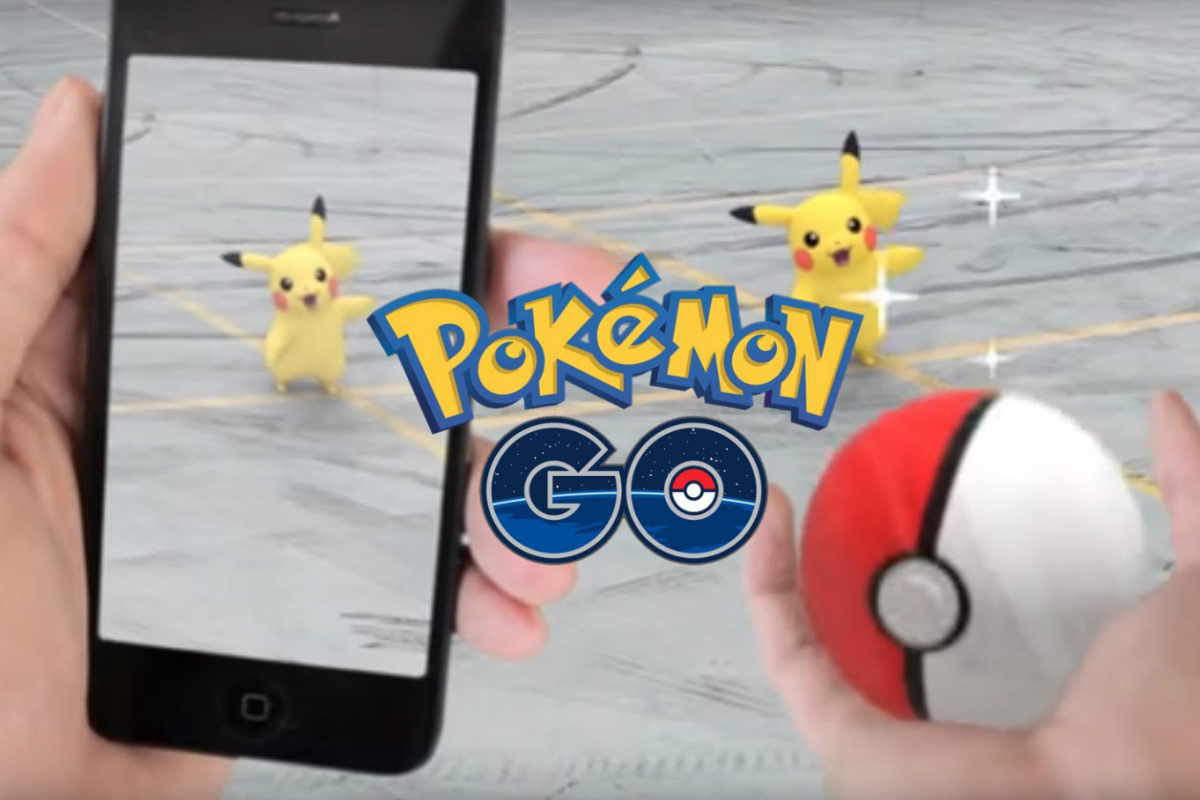The hype surrounding Pokémon Go also increases the focus on Augmented Reality (AR) and Virtual reality (VR). Both technologies are on the rise. However, who wants to be successful with-it cannot do it without the cloud and interconnectivity.
AR and VR are reality
AR and VR capture the imagination. For decades, popular culture is contributing to the rise of AR and VR. The cinema audience became acquainted with (fictional) AR and VR technology in films like Total Recall (1990), The Matrix (1999) and Avatar (2009). Now these phenomena are becoming reality. Since last summer, tons of people are seeking for virtual Pokémon’s in their physical environment (AR). Another example that shows that virtual reality is growing are the Dino pictures of Albert Heijn. They introduced augmented reality and virtual reality pictures. You can bring those dinosaurs to life along with the AH dino app, a smartphone and these pictures.
A recent report by Deloitte, “Augmented and Virtual Reality Go to Work”, examines AR and VR and the opportunities posed by these technologies to transform organizations and business models. A summary is given in the video below. The manner in which staff reports, share information and undertake actions can change radically with the advent of AR and VR.
Cloud
Many VR and AR applications are cloud-based. The choice for the cloud may be logical, but also provides a great challenge: managing a consistent performance and a low latency over legacy networks from the Internet. This is one of the reasons why many solutions run on on-premise equipment. This is not necessary with a fast direct interconnectivity to hybrid, cloud-based virtual environments.
What we learn from Pokémon Go
According to analysts, the market for VR applications will grow in the coming years to an estimated thirty to forty billion dollars worldwide in 2020. If there is one thing we can learn from the success of Pokémon Go, it is that success and acceptance of AR and VR can suddenly go very fast. Or in other words, virtual fantasy animals make AR and VR adult.
Because of the flexibility and scalability of cloud solutions, we can move on with AR and VR quickly.
Reference
Deloitte. 2016. Augmenten en virtual reality go to work. [Online] available at: http://dupress.deloitte.com/dup-us-en/focus/tech-trends/2016/augmented-and-virtual-reality.html?id=us:2ps:3bi:confidence:eng:cons:030316:em:dup1157:aZxkR9km::11560519855:e:Tech_Trends:Virtual_Reality_ [ Accessed 27 September 2016]


Dear Lotte,
This is a very interesting article, in fact I have also written a related article on this website regarding the topic virtual reality, please feel free to take a look. I think you have described generally the ideas behind the current VR and AR technologies and devices. I have a couple of ideas to add to your blog.
1: Technical descriptions on VR and AR
A true VR device should prove three-dimensional images which are life sized from the user’s perspective and Motion tracking ability in order to reflect user’s movement in the VR environments. An AR device do not aim to fully immerse the user’s vision and hearing into the digital environment. Instead it uses sensors to combine digital elements to existing real world objects. For example you will be able to see your GPS projected on your headgear while driving a vehicle.
2: Pokemon GO utilises existing mobile platform and components on the mobile platform (gyroscope, camera, display, processor) to function. It is actually very different from the VR and AR we usually talk about. Perhaps we need to make a clear distinction between VR, AR and Pokemon GO.
The current devices for VR includes: Google Cardboard, Samsung GearVR, HTC Hive, Oculus Rift, Sony PlayStationVR. The current devices for AR include google glass and Microsoft HoloLens. With different players taking a drastically different approach into the VR and AR experience, it is hard for us to summarize their commonalities. However they all aim to provide either full vision/audio immersion or partial vision/audio immersion. In another world, they all come in the form of headsets. Pokemon GO does not fall inside this category therefore it should belong to another distinct category.
Hope its interesting to read and good luck on your exams <3 :D::D:D
Thank you for this great article Lottle, and also for your informative respons Youming!
As Youming said, it is true that AR does not try to fully immerse the user in the images that the device projects, especially compared to the VR technologies that completely immerse you. However, where VR has multiple products on the market now, like the HTC Vive, Playstation VR, Oculus Rift, Samsung gear and the cardboxes, there is no real product available for AR. The google glass was a first implementation of the technology but proved to be a failure. The Microsoft HoloLens is supposed to be the first AR device that’s supposed to come out commercially, but its still heavily under development. Yes, as you said there needs to be a clear distinction between the the technologies, but its still not clear how AR will be defined excactly, as there are very little examples of true, fully functioning AR besides microsoft’s promotional videos. AR is basically an overlay on the real world, and pokemon go is the first succesful game that implements this technology. The fact that the pokemon can be seen while using your camera still makes it a true ‘AR experience’ in my opinion, especially with the limited possibilities you have on mobile devices regarding to this technology.
I’m very excited about what the future has to offer on whatever device regarding to these technologies. It was very interesting to read, so thank you for the insightful article and comment!